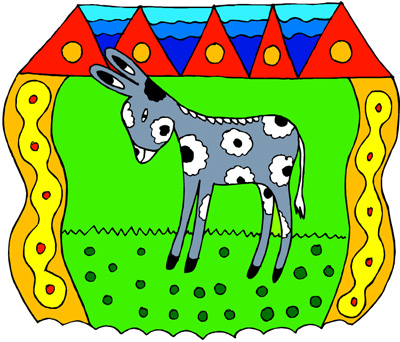Anger

24 September 2019
While anger is not a mental health disorder, many mental health issues include angry feelings and angry behaviors. Anger is often a result of an underlying feeling of sadness, shame, guilt, or hurt. One very common cause of angry feelings is having expectations that have gone unmet. When we believe something will happen one way, or should happen that way, and it goes a different way, we tend to be irritated, frustrated or disappointed – all words that are used for anger. Anger in itself is not a bad thing, it is the behavior in which people engage when angry that cause problems. When angry, we are not using our rational, logical brain. We are acting on basic instinct which does not always translate well into modern day living.
We experience many physiological changes when becoming angry. When angry, our brains send messages through our central nervous system to prepare us for battle. Our blood pumps faster, sending more blood to our extremities in the event that we need to strike with our fists or feet. Or in case we need to run away quickly. Chemicals are released to give us more energy. People often notice their faces turning red and their muscles tightening in their face, neck and shoulders. They also feel their heart beating faster, notice their breathing speed up, and feel their stomach muscles tighten.
The best and easiest strategy for changing angry behavior is to recognize when we feel angry, and do nothing. Pause. Take three deep breaths, and consider all options before doing anything. For some, it is helpful to picture a pause button like on a remote control. By taking deep breaths, we are sending the message to our brain through our central nervous system that we are not in fact in danger and it is okay to relax. Taking a moment to pause and breathe greatly increases our odds of responding the way we want to rather than reacting impulsively.
For many, reacting aggressively becomes a pattern that must be unlearned and replaced with more appropriate behaviors. This can be done by evaluating beliefs for their accuracy and experimenting with non-aggressive physical activities to find the one that helps the most. One way to do this is to notice which part of the body is usually used when mad. If you tend to punch, hit and throw things, you will likely find that activities using your hands are most satisfying. It’s time to be concerned when aggressive behaviors interfere with school work, peer relationships or family relationships.
